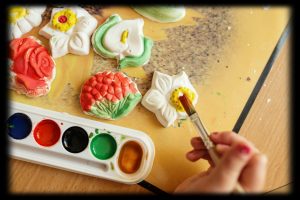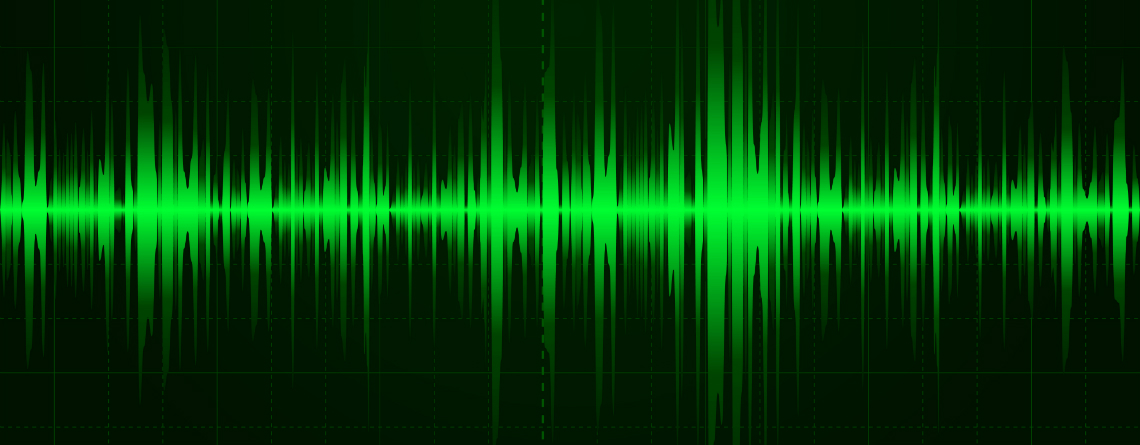 Art and pottery are a fun and important part of school, but need to be planned and executed carefully because of the potential hazards involved. Besides the often toxic and flammable paints and solvents present in most art areas, pottery rooms can contain:
Art and pottery are a fun and important part of school, but need to be planned and executed carefully because of the potential hazards involved. Besides the often toxic and flammable paints and solvents present in most art areas, pottery rooms can contain:
- Emissions from kilns.
- Silica-containing clay dust.
- Potentially toxic and/or carcinogenic heavy metal containing glazes.
Chemical Exposure
This chemical exposure can often be compounded by:
- Poor cleaning.
- Insufficient or inappropriate ventilation.
- Lack of clarity on who is responsible for different elements of classroom organization and cleaning.
According to Federal and State rules, all potentially hazardous chemicals need to be listed in an inventory and need to have up-to-date Globally Harmonized System (GHS) compliant Safety Data Sheets (SDS). Teachers need to carefully read the data from the SDS and make informed decisions on choosing the materials that present the lowest hazards possible while still serving their artistic goals.
The accumulation of potentially silica-containing clay dust is a prevalent problem in pottery rooms. Silica-containing clay dust is heavy, thus the solution is not to install additional fans, scrubbers, or filters that move the air around and raise dust levels more. Rather, schools should focus on source control and cleaning measures, the most important of which includes very frequent wet cleaning to keep the dust down.
 Kiln Emissions
Kiln Emissions
The firing of pottery in kilns presents an additional challenge. Kilns produce significant heat and also release a mixture of fumes and gasses.
Preferably, kilns should be located in a separate room and both the kiln and the room should be vented directly outside, away from fresh air intakes in order to prevent recycling of potentially contaminated air into the rest of the building.
The professional literature for kilns list the possibilities of updraft ventilation (range-type hoods), downdraft ventilation through vents located under the kiln, and cross-ventilation. In school environments cross-ventilation seldom works, and should be discouraged. Fans placed in rooms only mix the air and do not provide fresh air or direct exhaust outside.
The general ventilation recommendation for a classroom is approximately 15 cubic feet per minutes per person, which correlates to a reading below 1,100 parts per million (ppm) carbon dioxide (CO2) when providing monitoring. For areas where chemicals are used or dust is generated, the recommendation is to increase the fresh air intake to approximately 20 cubic feet per minutes per person, which loosely correlates to a reading below 1,000 parts per million (ppm) carbon dioxide (CO2) when providing monitoring. If you have questions about taking these readings, consult your district’s maintenance department.
It is important to note that the updraft or downdraft on-demand exhaust is in addition to general room ventilation. Whenever the additional exhaust system is turned on, additional make-up air also needs to be introduced. The more successful systems have these two features tied together, operable with one switch.
The potential hazards during firing are:
- Heat exposure
- Increased carbon dioxide levels
- Possible increase in harmful carbon monoxide (CO) levels, due to the burning out of organic materials trapped in clay
Carbon monoxide generation is quite unpredictable; it depends on the quality and quantity of the clay used, as well as the source and composition of the clay. Kiln rooms should always have carbon monoxide monitors installed and regularly checked. Depending on the organic materials trapped in the clay or colorants added to the raw clay, other potentially hazardous gasses may form, mainly from the family of sulfur oxides and nitrogen oxides. These need to be exhausted.
For maximum safety please fire the kiln only after hours, or on the weekends, i.e. Friday evening. During firing the kiln area should not be accessible to anyone, including students, day custodians, or night custodians.
For more information on pottery safety, see our Pottery Safety Guide.




